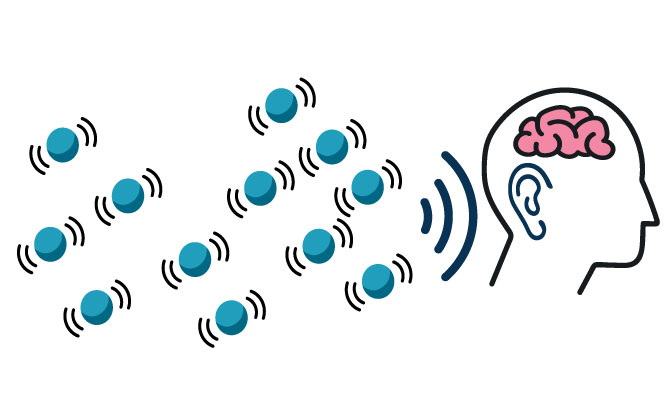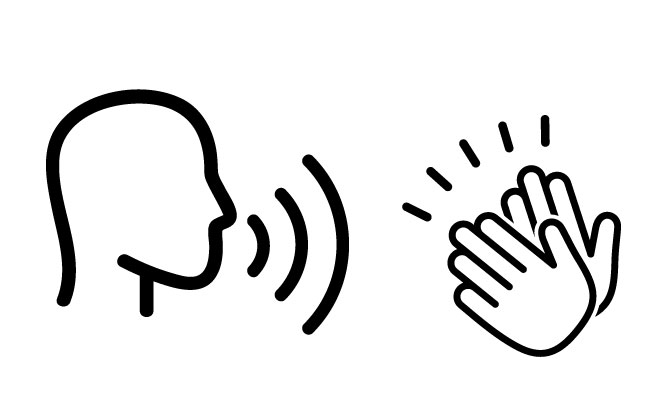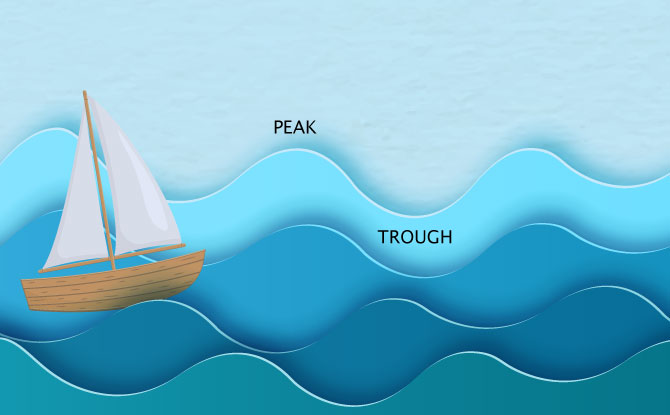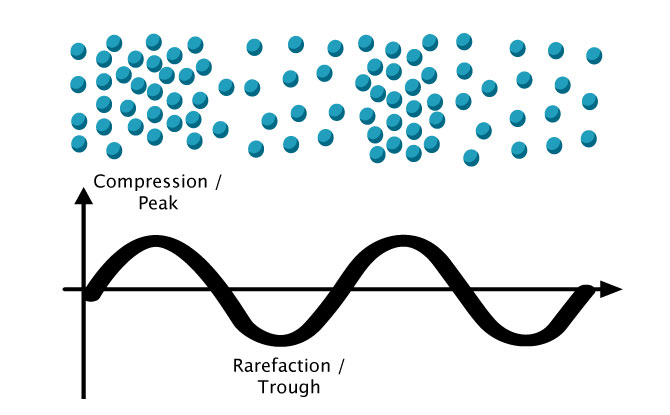What is Sound?

Sound is a created by the vibrations of molecules in the air, water or solids. When these vibrations reach your ear, they’re converted into electrical impulses by your ear drum. Your brain then interprets these electrical impulses as sound.
Sound is Energy

These vibrations can originate from various sources. These include the human vocal cords (which comes out as vocal sounds or words) or things being hit together, for example hands clapping.
Musical instruments can be another source of these vibrations and different musical instruments used different means to create the vibrations. For example, a saxophone has a reed that vibrates and moves the column of air in the saxophone. A drum generates sound waves when it is hit.
Energy is required to start all these vibrations, whether by clapping hands or blowing into a saxophone. This energy then gets transmitted through media like air, water or solids to the ear. This is why you will also hear people refer to sound as energy.
Sound Waves
Sound waves refers to how sound travels.

When you look at waves in the ocean, you can observe them rising and falling traveling as they towards the shore. The waves rise up to peaks and then fall to troughs as they move along.

Similarly, you can observe a caterpillar moving in waves by bunching up its body and then extending it in order to advance forward.
Sound waves are how sound energy travels from the source (e.g. hands clapping) to the destination (e.g. the ears).
Peaks & Troughs
Sound waves belong to a family of waves known as longitudinal waves. in a longitudinal wave, the movement is along the same direction as a wave.
Imagine a slinky toy. There are two ways that you can create waves using a slinky.

The first way is to shake it up and down. This results in a wave where you can see a visible hump along the slinky. This is known as a transverse wave.

The second way to create a wave with a slinky is to hold one end stationary while moving the other end back and forth in the direction of the stationary end. You won’t see a visible hump but there are waves created as parts of the slinky get squeezed and stretched.
Sound waves are similar to the second type of wave known as longitudinal waves. The characteristic of the longitudinal wave is that the wave pattern moves in the same direction as where the wave is going.
Visualizing Sound Waves

Sound waves can be visualized by plotting out where the air molecules are squeezed and stretched. The technical term for molecules being squeezed together is compression (i.e. the molecules are being compressed together) and when they are stretched apart, this is know as rarefaction.
By plotting out where the compressions and rarefactions are on a graph, you will get a visualization of the sound wave.
The peaks are where the molecules are compressed together and the troughs are where they are stretched apart.
Conclusion
So, now that you know all this, the next time you hear a noise, think about what it really is — the vibration of molecules traveling through the air to reach your ear.

